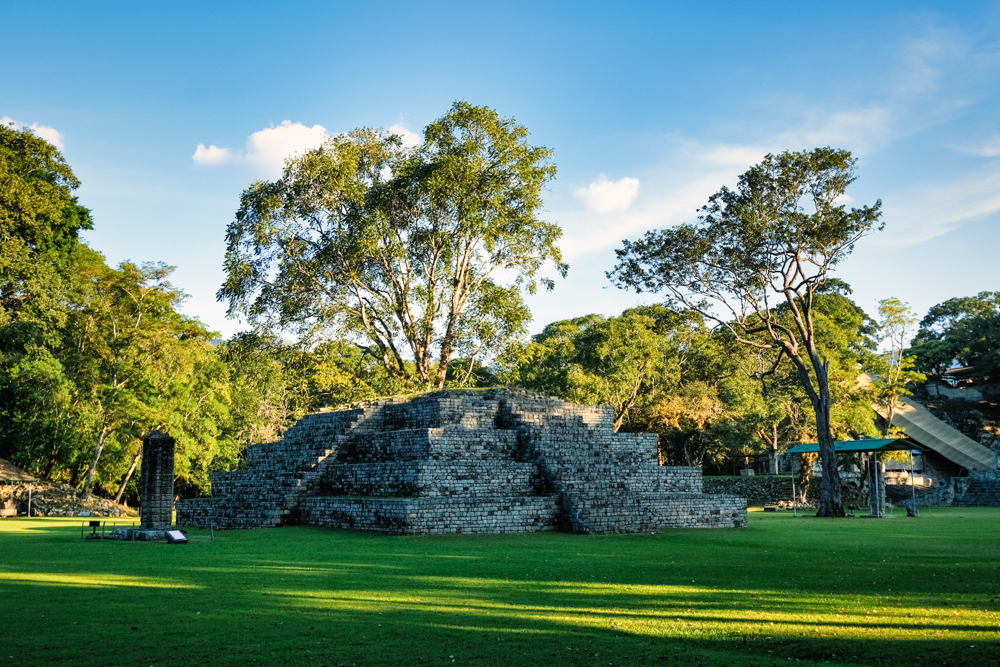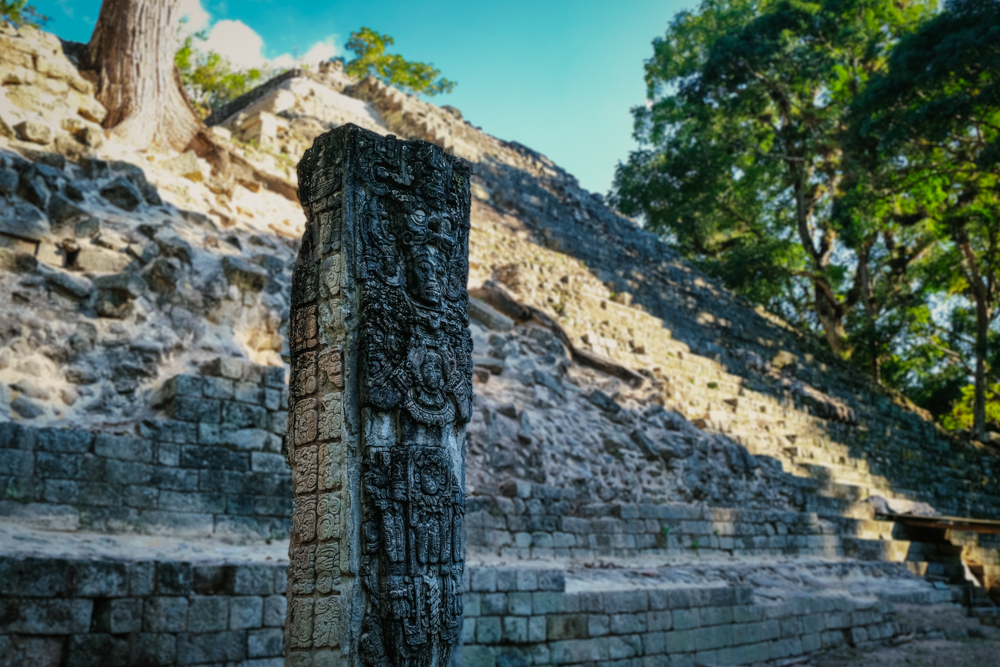Our guide on how to visit Copán covers everything you need to explore the enigmatic Maya ruins and charming Honduran town
At first sight, the Maya ruins of Copán in Honduras aren’t quite as grand as Tikal in Guatemala or Chichén Itzá in Mexico – but they are impressive in their own right. Copán is among the most significant Maya sites in Central America and has been called the ‘Paris of the Mayan World’ due to the sophistication of the artefacts found here.
The UNESCO-listed ruins boast an extraordinary number of ornamental carvings, stelae (upright stone slabs) and altars, several temples and an enormous hieroglyphic stairway. There is also a superb on-site museum and an entertaining – if rather noisy – resident population of scarlet macaws.
Just a stone’s throw away is the delightful town of Copán Ruinas – often called Copán – with its steep cobblestone streets lined with white, terracotta-topped adobe buildings.
Located just 10km inside the Guatemalan border, Copán can be easily visited on an overnight trip from Guatemala. The ruins are the most visited tourist attraction in Honduras, but don’t be surprised if you have the site practically to yourself. Tourist arrivals plummeted during the pandemic and are yet to rebound.
We visited Copán during our month-long trip through Central America, hopping across the border for the night to see the mystical ruins spread across tranquil grounds of grassy terraces and verdant jungle. To help you with your own trip, we’ve put together the following guide on how to visit Copán.
What is Copán?
The Río Copán valley, where the Maya city of Copán is located, is thought to have been settled around 1500 BCE. Archaeologists believe settlers began moving into the area to take advantage of the region’s rich soil and agricultural potential.
Construction of the city of Copán is not thought to have begun until around 100 AD with its population peaking as high as 28,000 by around 760 AD. The Dynastic era, also known as the Classic period, was considered Copán’s golden age, lasting for around 400 years, from 427 to 822. It was during this time that its main temples and plazas were constructed along with numerous stelae – the stone monoliths representing kings.

Soon after its peak,…
Click Here to Read the Full Original Article at Atlas & Boots…


